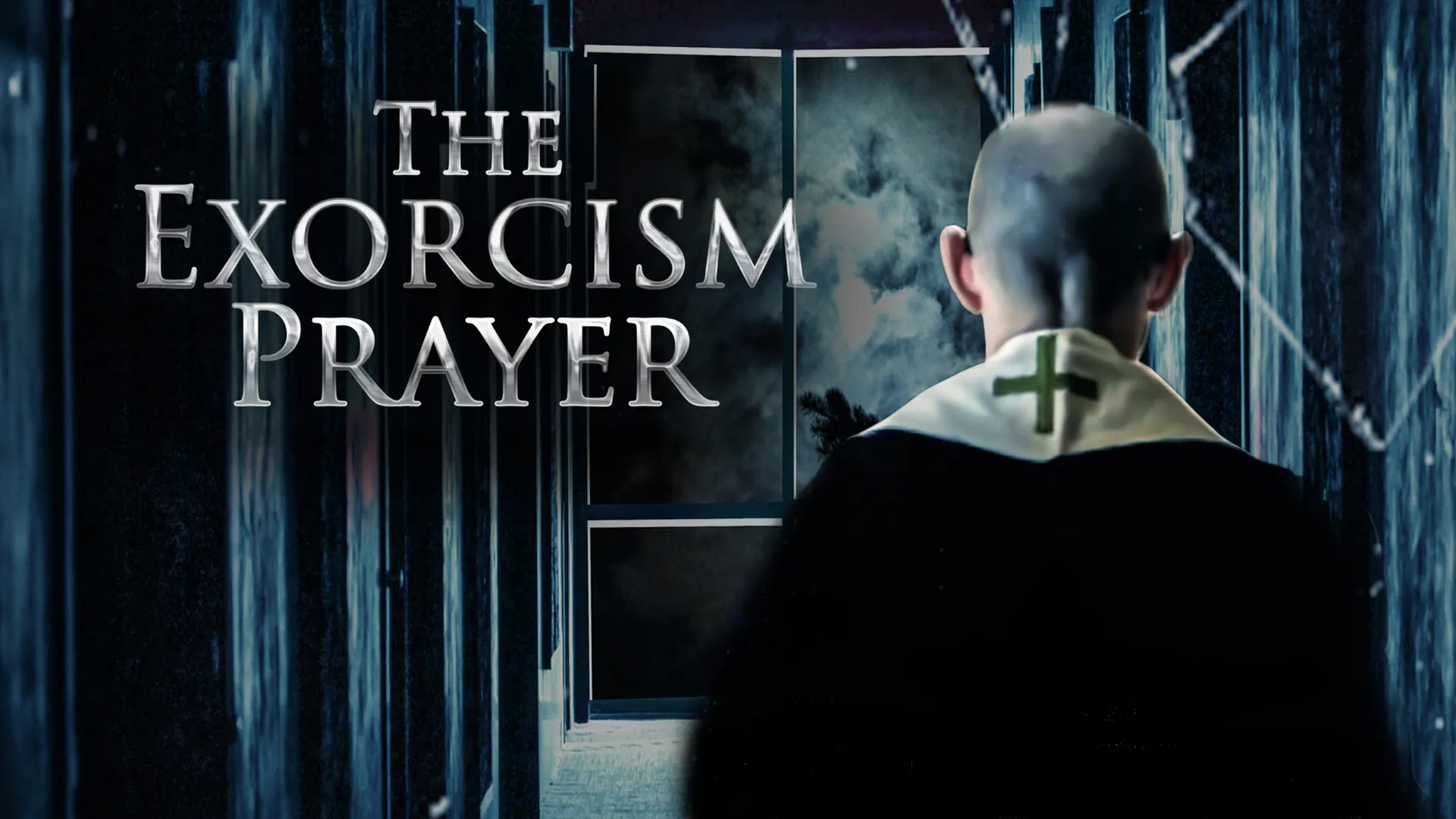Sod and Stubble is a historical drama that captures the quiet heroism and unrelenting hardship of American homesteaders in the 1870s. Based on the memoir by John Ise and adapted for the screen by director Ken Spurgeon, the film tells the true story of Henry and Rosa Ise, German immigrants who settle in the harsh, windswept plains of Osborne County, Kansas. Their story is one of survival, sacrifice, and the power of family in the face of nature’s indifference.
The film opens with Henry Ise, a determined and honest farmer, moving west to claim land and build a better life. With his new wife Rosa at his side, the couple battles loneliness, unforgiving weather, and isolation. There is no glamour in their lives—just toil, wind, and the thin hope that their children might one day reap the rewards of what they sow.

What sets Sod and Stubble apart is its emotional restraint and authenticity. The drama unfolds in small, powerful moments—sick children, failed crops, unexpected deaths—all drawn from real pioneer experiences. It doesn’t sensationalize frontier life; instead, it respects it. Viewers are invited to sit with the silence, the dust, the heartbreak, and the perseverance that defined so many early American lives.

Bailey Chase and Dodie Brown deliver grounded performances as Henry and Rosa, portraying a marriage built not on romance, but on mutual respect, duty, and shared suffering. The supporting cast, including Western genre veterans like Barry Corbin and Buck Taylor, adds richness to the rural world being depicted.

The cinematography is earthy and intimate. The Kansas prairie becomes both a setting and a character—vast, flat, and unforgiving, but also filled with quiet beauty. The film’s pacing is slow, mirroring the rhythm of homesteader life, which may not appeal to viewers expecting high drama but rewards those who appreciate realism and emotional depth.
Sod and Stubble is ultimately a tribute—not just to the Ise family, but to every nameless family who tried to make a life out of nothing. It is a quiet epic of endurance, sacrifice, and belief in a future one may never live to see. In honoring that legacy, the film offers a deeply moving portrait of the American spirit in its rawest form.



